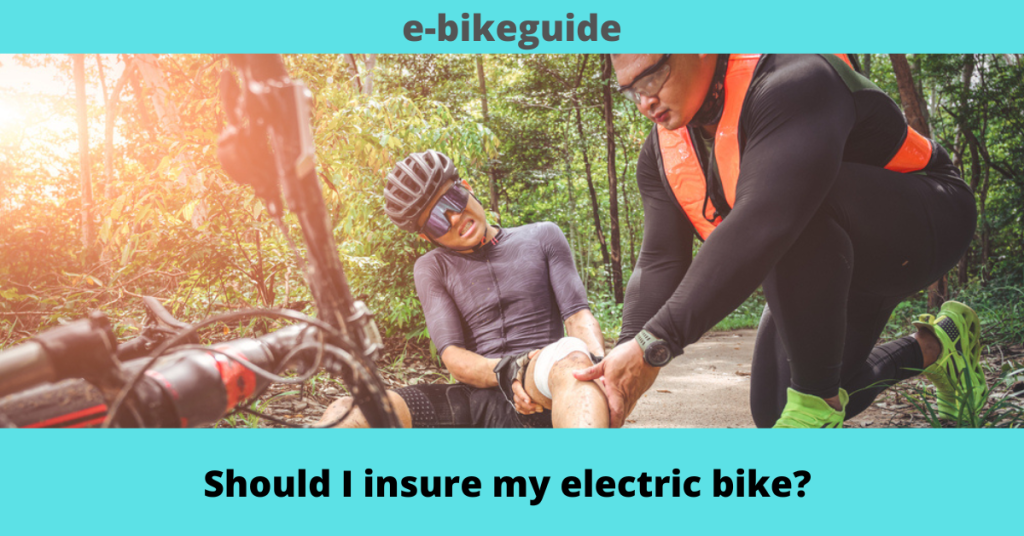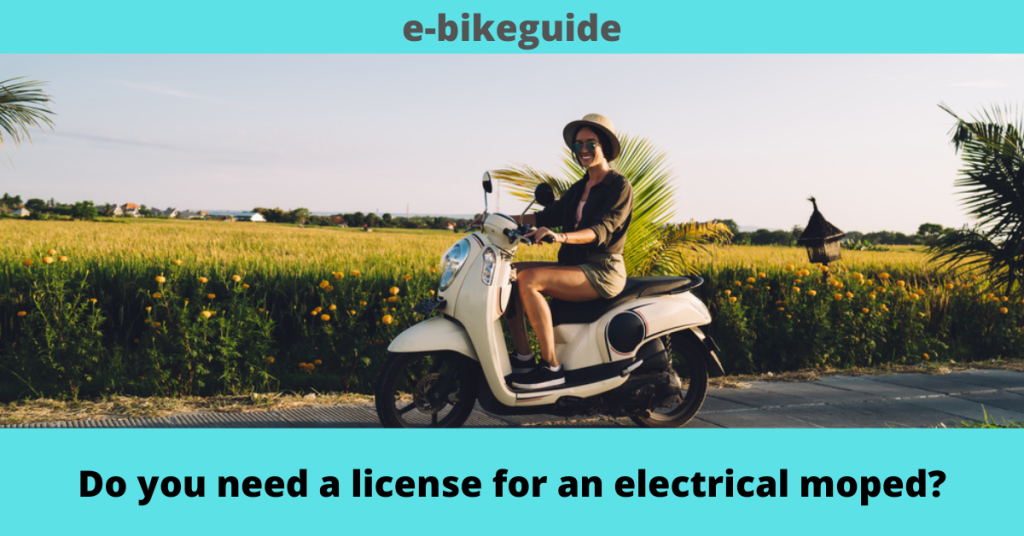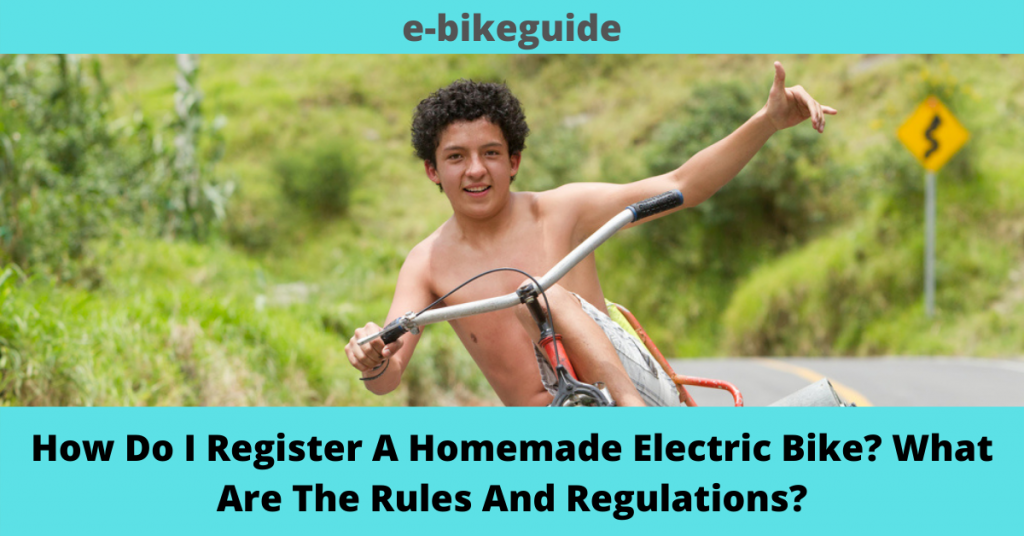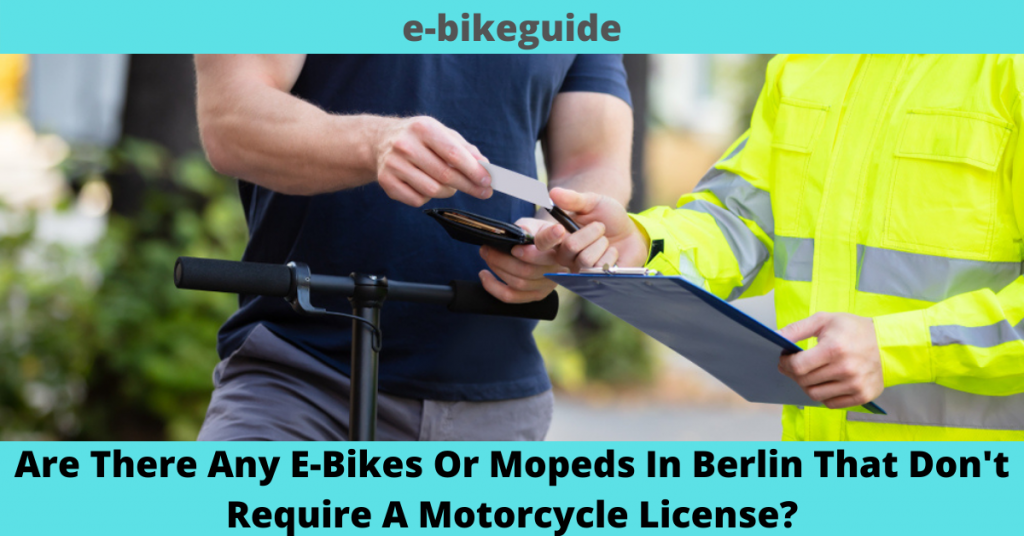Should I insure my electric bike?
Should I insure my electric bike? Different countries follow different rules and legislation. Some legally binding laws may sometimes be illegal in other countries. According to the beliefs and cultural aspects of their own countries, rules vary. As electric bikes are classified into different classes, laws differ. It determines where you can ride. Class 1 […]
Should I insure my electric bike? Read More »




